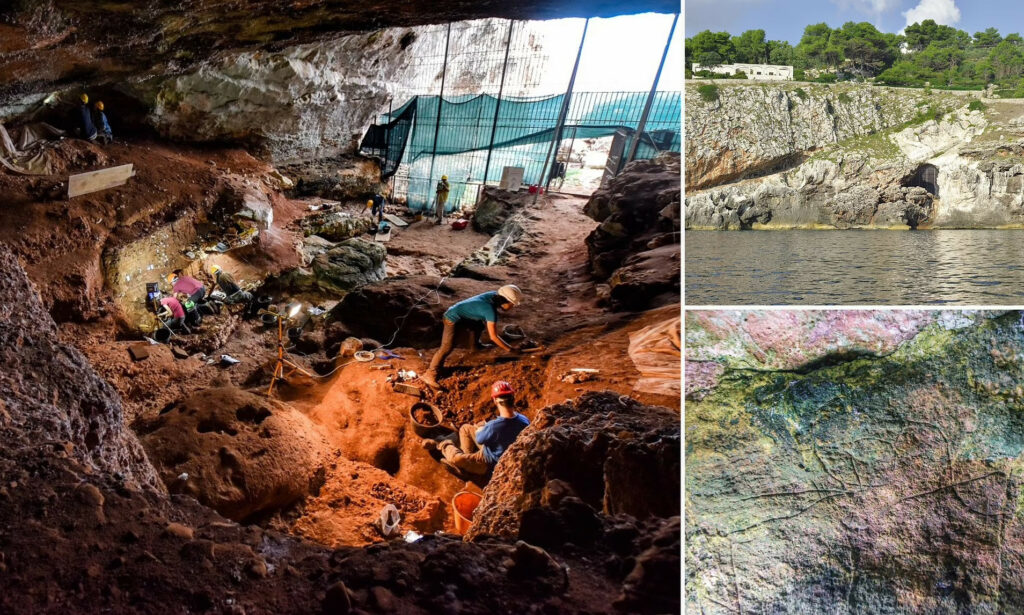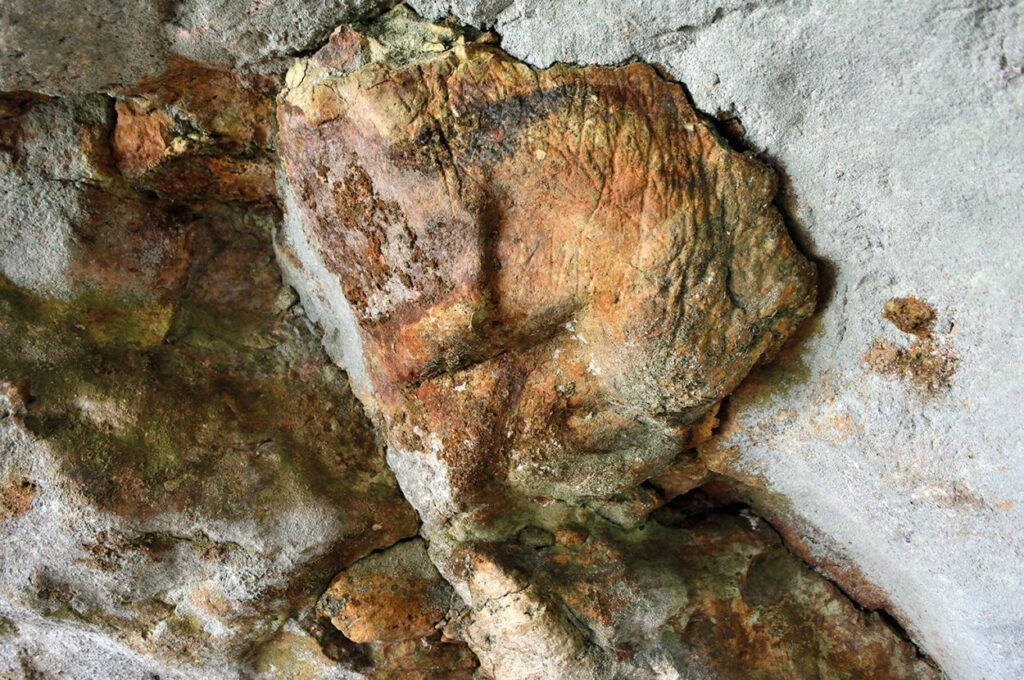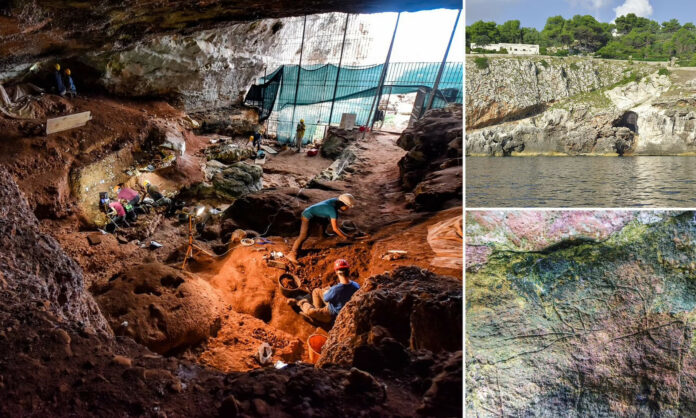In a groundbreaking study published in Antiquity, a multidisciplinary team of archaeologists, geologists, and paleontologists, led by Sapienza University of Rome, has uncovered a series of new engravings and extended the known occupation period of the Romanelli Cave in southeast Italy. The cave, which holds great significance in the context of the ‘Mediterranean province’ of European Upper Paleolithic art, was first rediscovered in 1874 but remained largely unexplored for many decades due to difficulties in accessing it.

New Dates Suggest Longer Occupation Period
The recent investigation, which began in 2016, has not only identified new artwork but also revealed that the cave was in use for a longer period than previously supposed, with multiple episodes of art-making. Dario Sigari, the lead author of the study, stated, “These new dates and the fact images are layered over each other, suggest the cave was in use for a longer period than previously supposed, with multiple episodes of art-making.”
Diverse Elements and Advanced Techniques

The newly discovered artwork includes a variety of elements, such as geometric signs, patterns created by tracing fingers through moonmilk (a soft white material that accumulates in limestone caves), and even a rare depiction of a bird. The artists skillfully used the cave wall’s shape to create a 3D effect on a bovid’s body, demonstrating the advanced techniques employed. Different tools were used to create this art depending on the characteristics of the surface being engraved.
Shared Visual Heritage Across Eurasia
Researchers were intrigued by the zoomorphic figures and their shared visual concept, noting that it reflects a sense of high mobility, potentially implying the transfer of common iconography across vast regions. These shared visual motifs are seen from Iberia and France to North Africa and the Caucasus, providing strong evidence of a shared visual heritage during the Late Upper Paleolithic across a wide part of Eurasia.

The discovery of new Paleolithic artwork in the Romanelli Cave raises intriguing questions about social dynamics, cultural interactions, and the dissemination of common iconographic themes around the Mediterranean Basin. As archaeologists continue to unravel the secrets of this ancient site, we gain a deeper understanding of the artistic expressions and cultural connections of our prehistoric ancestors.

